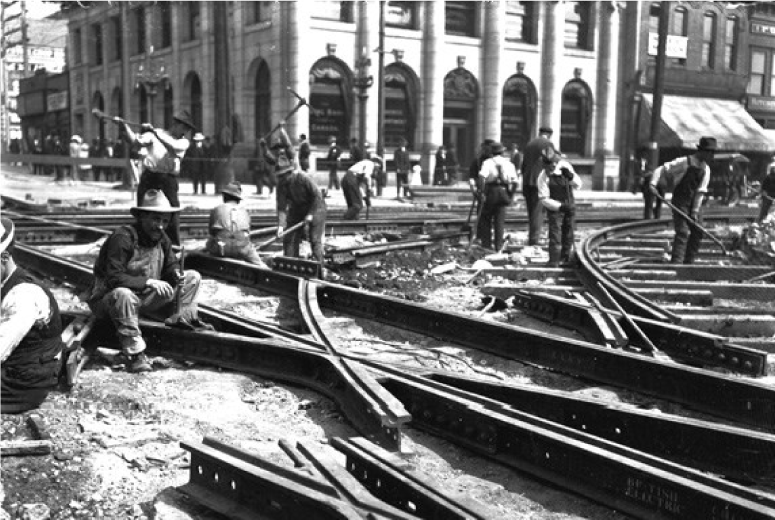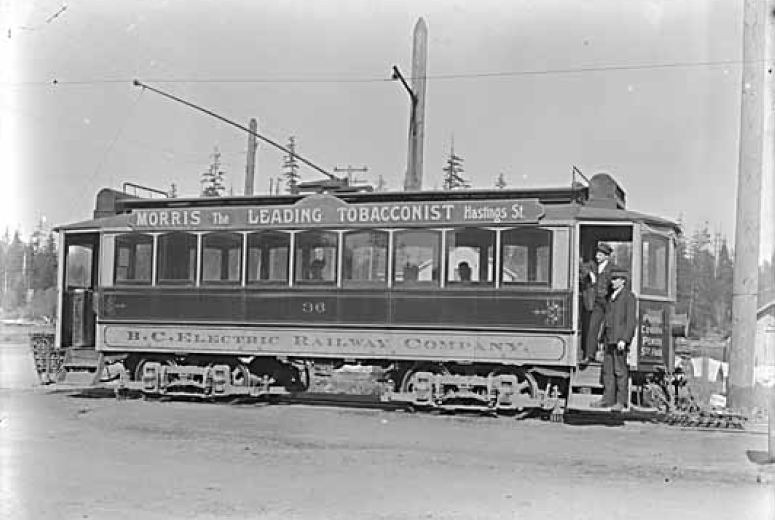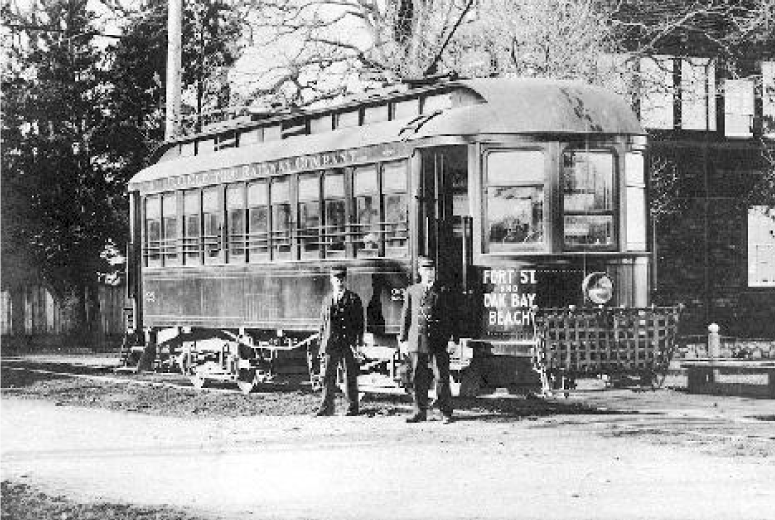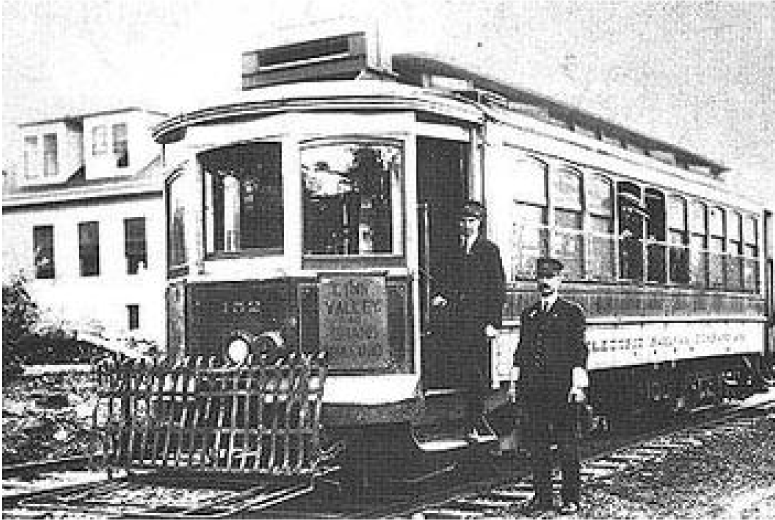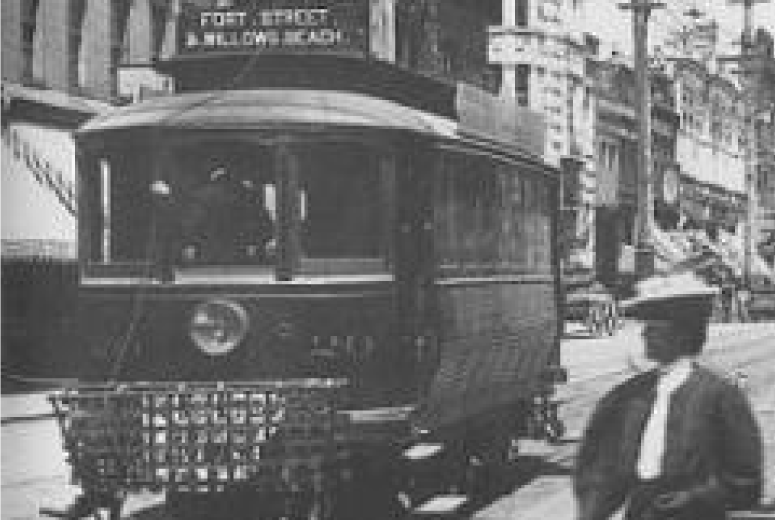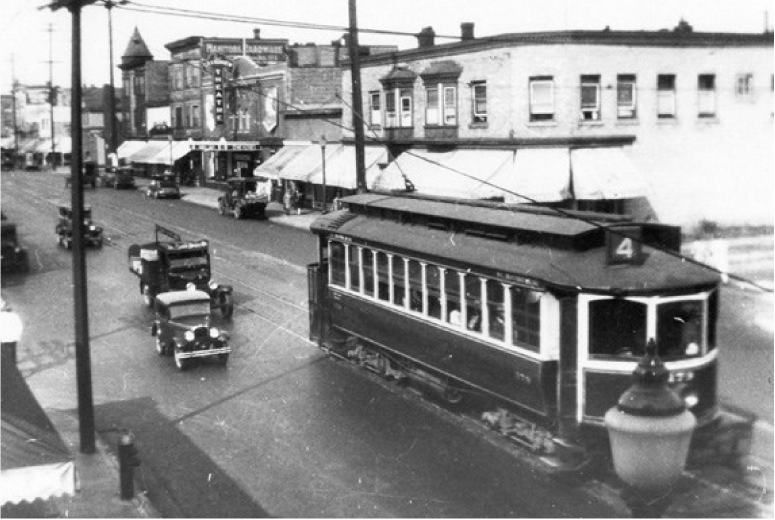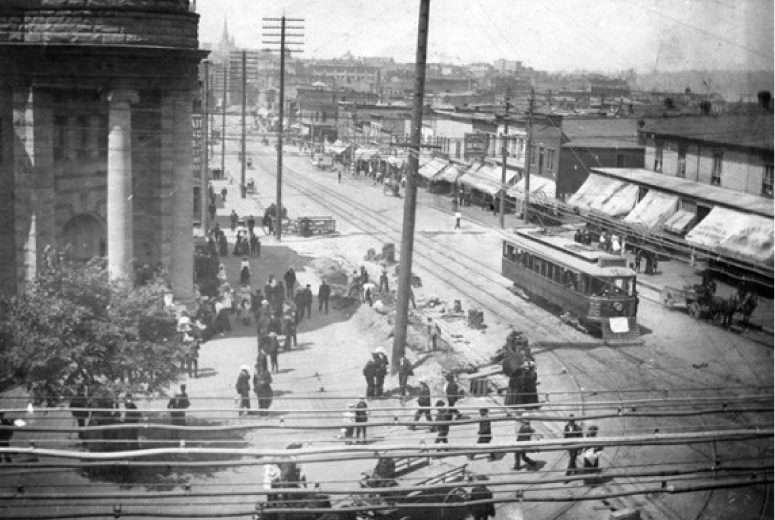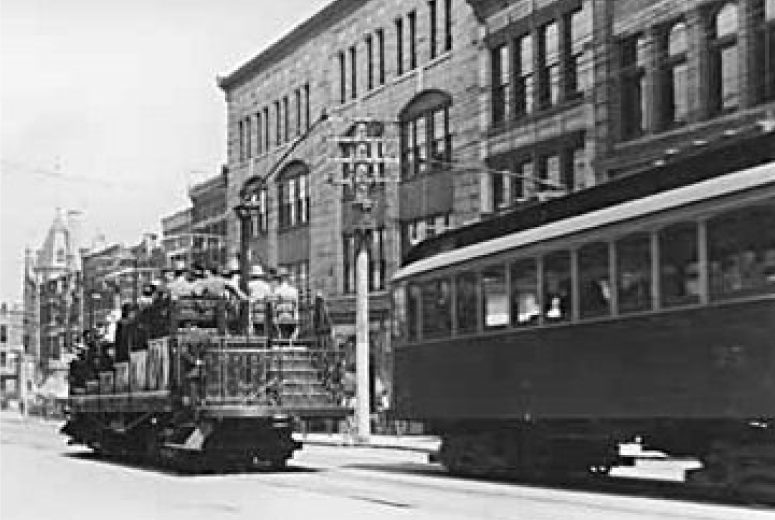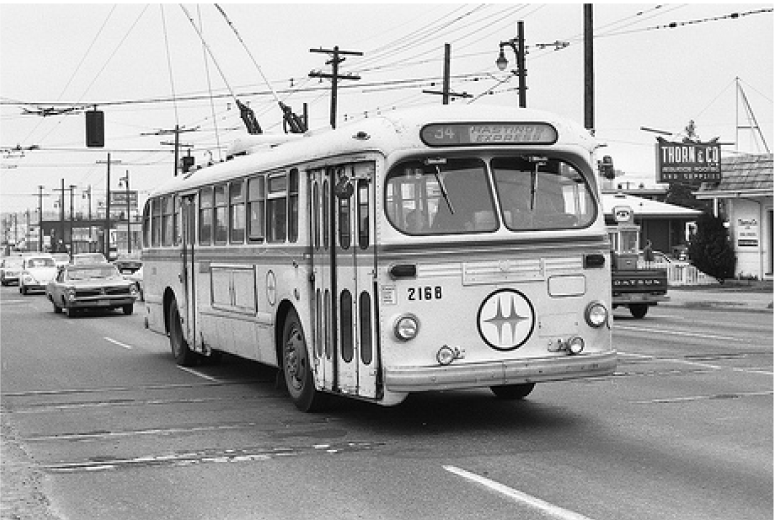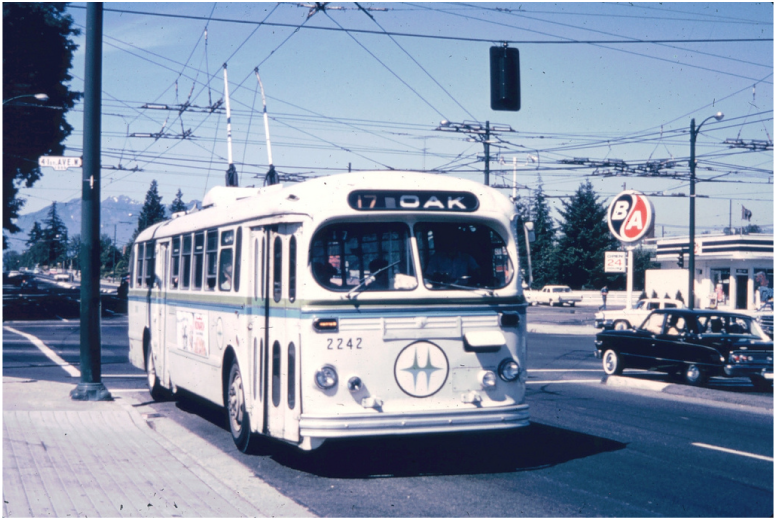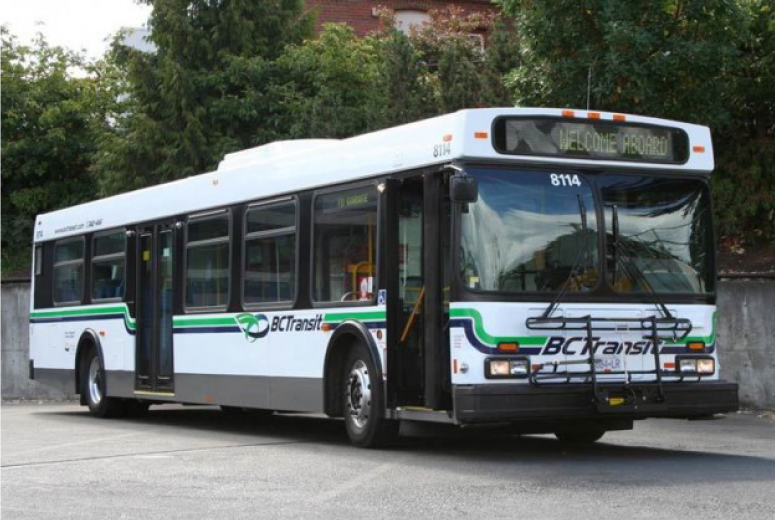BC Transit Has Been Here For You Since 1890
Transit History
In 1890, the National Electric Tramway and Light Company was founded in Victoria. It later became the B.C. Electric Railway (BCER) Company in 1897. Buses were added to the streetcar fleet in the 1920s; the trolley bus followed in 1945; and three years later, motorized buses were introduced.
In 1961, Premier William A.C. Bennett purchased BCER for the Province. A year later, transit in Victoria and Vancouver was operated by the British Columbia Hydro and Power Authority (BC Hydro).
In 1979, the provincial government created the Urban Transit Authority (UTA), a new Crown corporation to coordinate the planning, marketing and funding of municipal transit systems throughout the province. Starting with 13 systems, the vision for the UTA was to provide local governments with an increased role in the decision making and funding of their community transit systems.
A year after the start of the UTA, operation of the Victoria and Vancouver transit systems transferred from BC Hydro to the new organization and in 1982, it was renamed BC Transit.
Another major change followed in 1999 when operation of Metro Vancouver transit services passed from BC Transit to the newly formed Greater Vancouver Transportation Authority (TransLink).
In the last 30 years, the number of transit systems has grown from 13 to 81 and in the last 20 years, ridership has more than doubled from 21 million to 45 million. Today, public and government support for public transit is at an all-time high.
Transit Highlights
1979 - Urban Transit Authority (UTA) formed.
1980 - Operation of Victoria and Vancouver transit systems transferred from BC Hydro to what would eventually become BC Transit.
1981 - First handyDART systems launched in BC for people with a disability.
1982 - UTA becomes BC Transit.
1992 - Introduction of first low-floor buses in transit service in North America.
1996 - BC Transit is rated number one North American system by the American Public Transit Association. Start of large expansion period to increase share of commuter market in many systems.
1998 - University of Victoria and Victoria's Camosun College launch first U-Pass in Western Canada.
1999 - Operation of Metro Vancouver Transit services passes to the newly formed Greater Vancouver Transportation Authority (Translink, now the South Coast British Columbia Transportation Authority).
2000 - First low-floor, double-deck buses in North America (Victoria).
2005 - First production hybrid buses in Canada (Kelowna).
2010 - World's largest single-location hydrogen fuel cell fleet implemented in regular service (Whistler).
2014 - Compressed Natural Gas (CNG) powered fleet of 25 buses introduced in the Regional District of Nanaimo
